Dopant atoms placed with atomic precision into tunable arrays using Scanning Tunneling Microscopy can be made to display electronic and photonic properties across a wide range of structures for 2D quantum metamaterials.
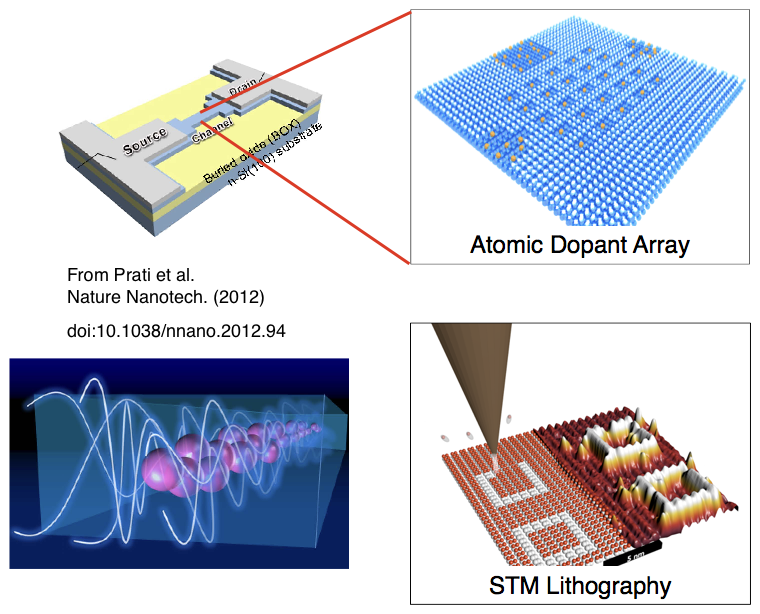
The workshop will explore commonalities between fabrication, theoretical prediction, and alternative approaches to tunable quantum materials, including cold-atom realizations.
Theoretical efforts served by this new simulation platform include Hubbard model systems, design of 2D materials, and other exotic materials.
The workshop will be organized around:
- all-invited talks by leading researchers
- breakout sessions for discussions and future plan
- published Workshop Summary Report
Goal: to develop a roadmap for practitioners and funders in this burgeoning field.
We invite interested parties as well as program managers from federal agencies to attend and lend their expertise and insights.
Workshop Schedule workshop schedule PDF
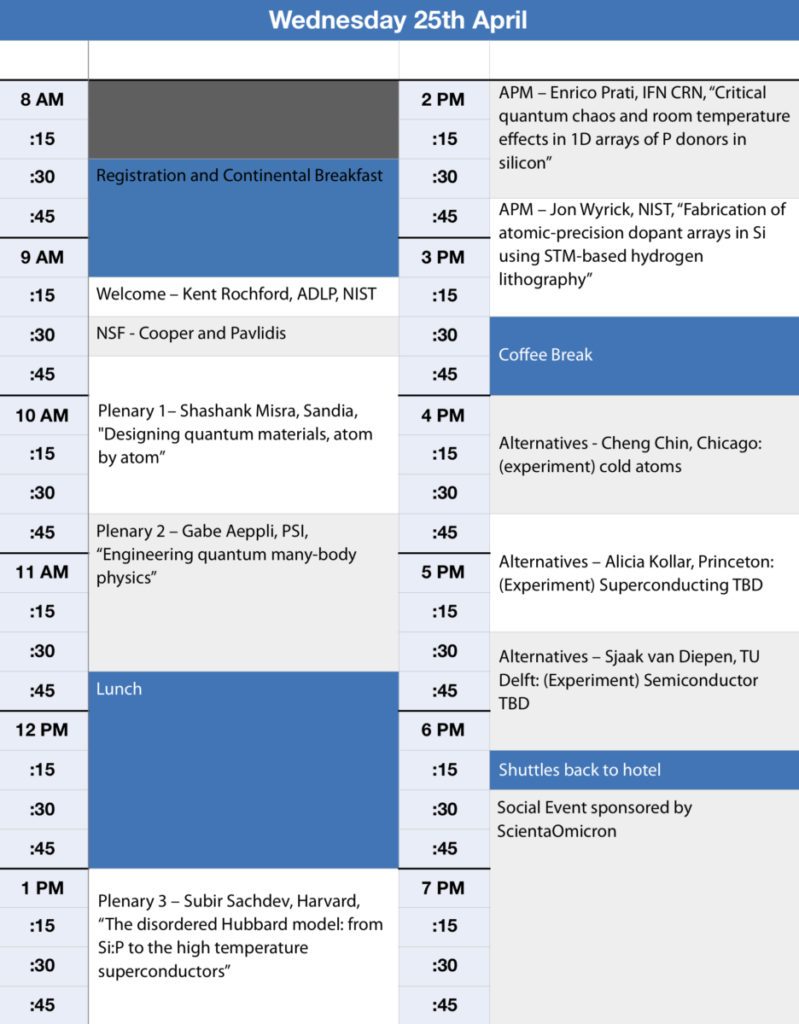 |
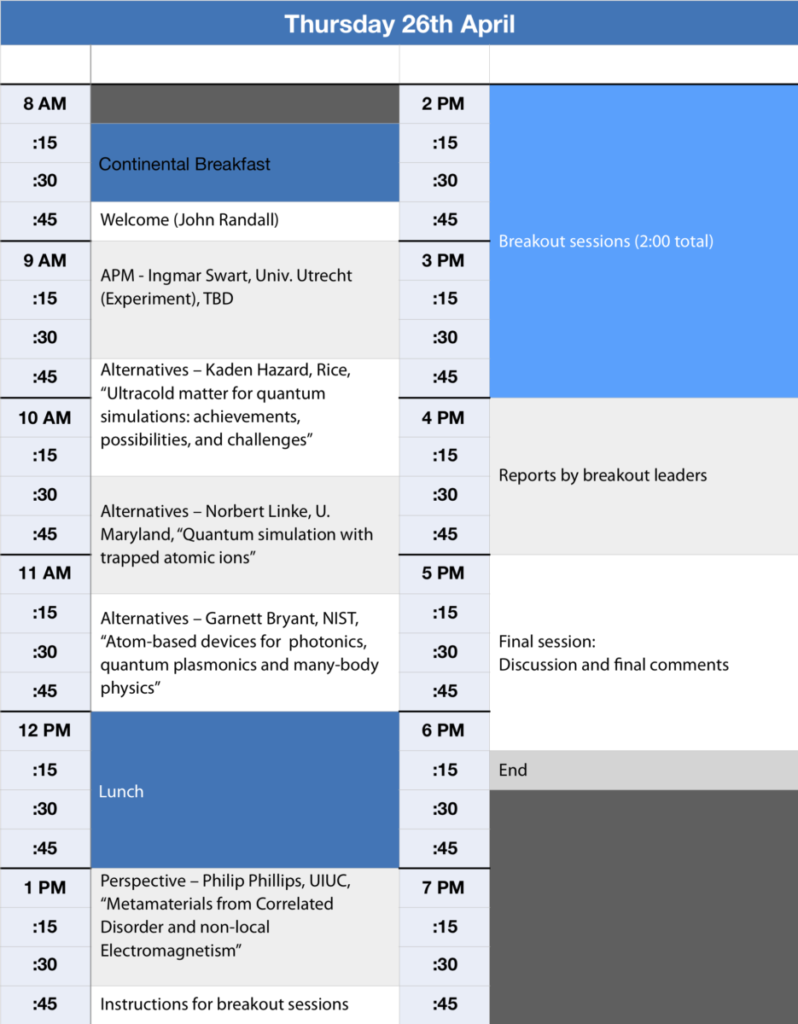 |
The Department of Energy’s Office of Science (SC) has released a Dear Colleague Letter (DCL) on Accelerating Development of and Research Impacts from Quantum Information Science (QIS). The DCL is a recognition of the importance of QIS and an expression of interest across all DOE SC programs in this rapidly developing field.
The International Conference on Electron, Ion, and Photon Beam Technology and Nanofabrication http://www.eipbn.org/ which will be held May 29-June 1 2018 is planning a special session on the Workshop Topic.
The journal Scanning is planning a Special Issue on a topic highly relevant to this workshop. We will be publishing a summary of the workshop in this issue, and we encourage participants to submit their articles to it. https://www.hindawi.com/journals/scanning/si/587518/cfp/
Due to the delay of the workshop, the deadline for the special issue has been moved to 29th June 2018.
From the Call for Papers:
This special issue will publish high-quality manuscripts related to fabrication, experimental characterization, and theoretical modeling of tunable artificial quantum materials with a strong focus on real-space imaging of various quantum properties. Such quantum properties typically involve charge distributions, spontaneous order- ing and symmetry breaking phenomena, electron interference and quantum size effects, Mott-Hubbard transitions, probe-surface interactions, nanoscale magnetism, many-body condensates, and so on.
Potential topics include but are not limited to the following:
- Atomic scale STM lithography on metal and semiconductor substrates
- Imaging subsurface dopant atoms and controllable placement of dopant atoms into ordered structures using scanning probes
- Self-assembled 2D structures and nanowire arrays designed by tuning the substrate miscut angle
- Oxide heterostructures with tunable 2D electron gas
- Controllable design of tunable 2D vdW heterostructures by means of controllable layer stacking and/or controllable interlayer intercalation
- Bioinspired design methods incorporating, for example, tunable-length DNA fragments
- Theoretical models and computer simulations of artificial quantum materials with emphasis on prediction (or interpretation) of scanning microscopy data
- Advanced scanning probe instrumentation methods particularly useful for design and characterization of quantum metamaterials.
| Accepted Speakers | |||
| Gabriel Aeppli | PSI | Cheng Chin | Univ. Chicago |
| Kaden Hazzard | Rice University | Subir Sachdev | Harvard |
| Philip Phillips | Univ. Illinois | Ingmar Swart | Univ. Utrecht |
| Jonathan Wyrick | NIST | Norbert Linke | Univ. Maryland |
| Shashank Misra | Sandia National Lab | Alicia Kollar | Princeton |
| Enrico Prati | IFN CRN, Milan, Italy | Sjaak van Diepen | TU Delft |
| Garnett Bryant | NIST |
Organizing Committee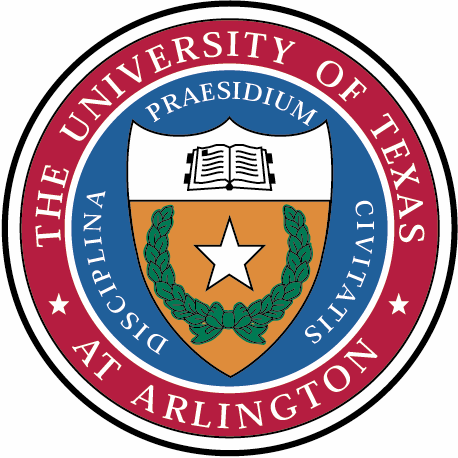
| Co-Chairs: Richard M. Silver, NIST, Shashank Misra, Sandia National Labs, John N. Randall, Zyvex Labs | |
| Neil Zimmerman, NIST | Clark Highstrete, Sandia National Labs |
| Wiley P. Kirk, UT Arlington, 3DET | Joshua Ballard, Zyvex Labs, |
| Ezra Bussmann, Sandia National Labs | James Owen, Zyvex Labs, |
| Sponsored by | 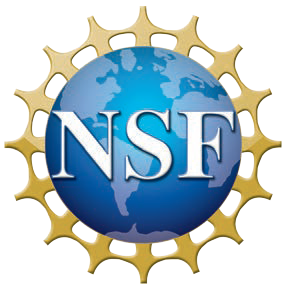 |
 |